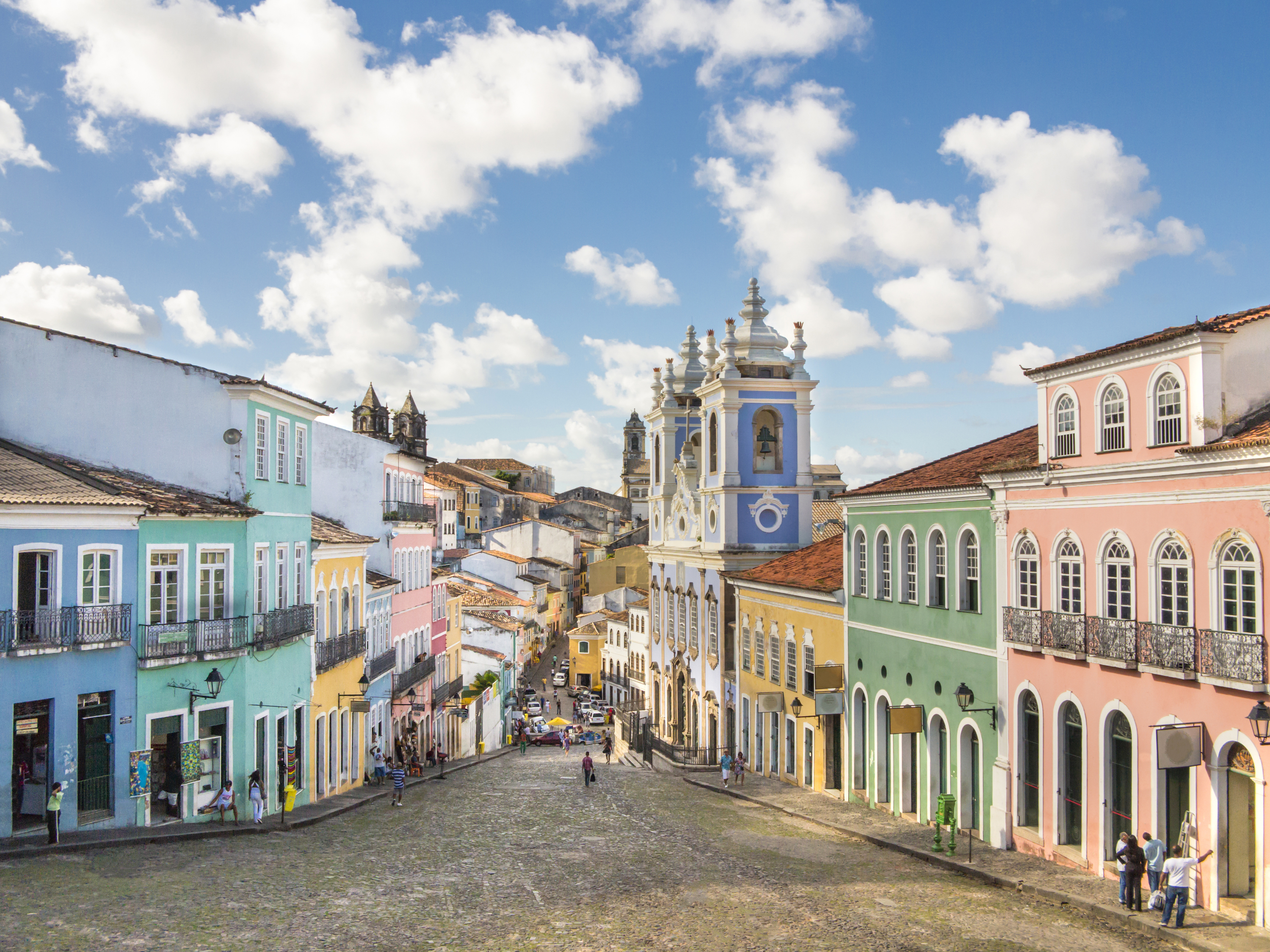- US citizens have had to purchase a $44 e-visa to visit Brazil since January 2018.
- But starting June 17, Americans will no longer need a visa to travel to the nation.
- Citizens of Canada, Australia, and Japan will also be granted visa-free entry.
- Brazil is known for its lush rainforests and lively Carnival festival, among other highlights.
- The country is also home to numerous natural sights, like Iguazu Falls, Pedra do Telégrafo, and more.
If you’ve been considering a trip to South America, this summer might be the perfect opportunity to take one.
Beginning June 17, Americans will no longer need to purchase a $44 e-visa to travel to Brazil. The same goes for citizens of Canada, Australia, and Japan.
Visitors will be able to remain in the country for 90 days, with an option to extend their stay to 180 days, giving them ample time to explore Brazil’s lush national parks, historical sites, unique cities, and more.
From Iguazu Falls to Pedra do Telégrafo, here are 13 photos that will make you want to book a flight sooner rather than later.
The Iguazu Falls are a sight to behold.

Located on the border between the Misiones province in Argentina and the state of Paraná in Brazil, Iguazu Falls is comprised of approximately 275 waterfalls. The majestic stretch of waterfalls is almost three times as wide as Niagara Falls and nearly twice as tall.
Christ the Redeemer is an extremely popular tourist attraction.

Made of reinforced concrete and covered in soapstone tiles, the iconic Art Deco statue of Jesus Christ stands 124 feet tall while its arms stretch 92 feet wide.
The view from the statue is stunning.

Christ the Redeemer was built on top of Corcovado Mountain at an elevation of 2,300 feet. The mountain is located within Tijuca National Park and overlooks the city of Rio, providing travelers with a great view no matter where they stand.
A vast array of wildlife lives within the Amazon rainforest.

The Amazon rainforest spans eight South American countries, in addition to French Guiana, and stretches 1.4 billion acres. But, despite its massive size, around 60% of the rainforest is in Brazil.
In Brazil, visitors trekking through the rainforest or taking a cruise on the Amazon River have the chance to see macaws, squirrel monkeys, viper snakes, poison dart frogs, pink dolphins and more.
The city of Salvador is full of Brazilian history.

According to TripAdvisor, the historical city is often called "The Capital of Joy," a reference to the weeklong Carnival celebrations that take place there each year.
Salvador's streets are also lined with colorful buildings from the 17th and 18th centuries.
Read more: 48 mesmerizing photos of the most colorful places on Earth
Walk on sand dunes at Lençóis Maranhenses National Park.

The park is famous for its white sand dunes that form during Brazil's dry season, particularly in October and November, that turn the area into a desert-like landscape.
Depending on the season, you can even swim at the park.

Lençóis Maranhenses gets up to approximately 78 inches of rainfall every year, which pools into clear blue lagoons in the valleys between the sand dunes.
According to Smithsonian magazine, the best time to see these lagoons is between July and September.
Indulge in a Caipirinha while you're in Brazil.

Brazil's national cocktail is made from cachaça (a Brazilian distilled spirit made from sugarcane), lime, and sugar.
If you're wondering how to correctly pronounce it before you order one, you can learn right here.
If wine is more up your alley, plan a trip to the town of Bento Gonçalves.

Brazil's wine country, which includes the town of Bento Gonçalves, is the perfect place to sip Brazilian wines, taste locally-grown grapes, and go on guided walking tours of vineyards.
Create an optical illusion at Pedra do Telégrafo.

Even if you're afraid of heights, you might be able to handle a trip to this iconic location.
Pedra do Telégrafo is a cliff that, in photos, appears to be situated way above the mountains and shoreline below. But, in reality, the rock is actually only about 3 feet tall and juts out over solid ground.
The Museu do Amanhã, or Museum of Tomorrow, is worth a visit — even if you don't go inside.

The eye-catching building was designed by Spanish architect Santiago Calatrava and inspired by a local botanical garden.
Inside, the museum is full of work that "combines the accuracy of science with the expressiveness of art," according to its official website.
Hop inside a cable car up Sugarloaf Mountain to see Rio de Janeiro from above.

To get to the summit of Sugarloaf Mountain, you'll have to take two cable cars. According to TripSavvy, cable cars run every 30 minutes or when the car is full. The rides last about three minutes each.
Paraty is a small Brazilian town that you don't want to miss.

Surrounded by lush jungle, this coastal city is filled with cobblestone streets, white buildings with colorful accents, and 17th and 18th-century architecture.
Travelers often flock to Paraty to visit the town's historical center, and taste local cuisine, such as moqueca, a fish stew made with coconut milk and onions, and pasteis de camarão, dough pockets filled with shrimp.

